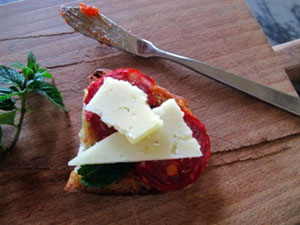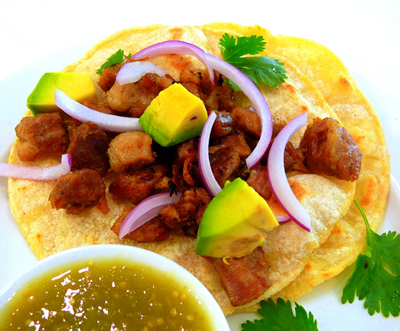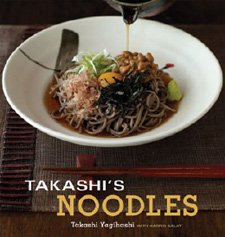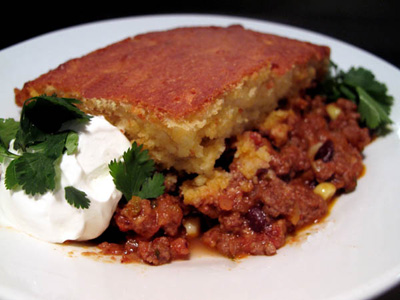 When I was growing up, my mom often made two different cucumber salads. For each of the salads, she sliced fresh cucumbers into very thin rounds. In one salad, the cucumbers bathed in a clear vinegar-water solution seasoned with sugar and lots of black pepper. I always liked that salad. My favorite, though, was the salad made of thinly sliced cucumbers swimming in a delicious sour cream sauce with sugar and vinegar stirred in along with thin, delicate threads of fresh dill weed.
When I was growing up, my mom often made two different cucumber salads. For each of the salads, she sliced fresh cucumbers into very thin rounds. In one salad, the cucumbers bathed in a clear vinegar-water solution seasoned with sugar and lots of black pepper. I always liked that salad. My favorite, though, was the salad made of thinly sliced cucumbers swimming in a delicious sour cream sauce with sugar and vinegar stirred in along with thin, delicate threads of fresh dill weed.
During the last couple of weeks I’ve been able to purchase English, or seedless, cucumbers at my local farmers market. These long, slender cukes are not really seedless, but the seeds are so small and insignificant compared to regular cucumbers, they seem seedless when they’re being eaten.
Last night I served the Sour Cream Cucumber Salad with grilled pork chops, potatoes and beans. This is a salad that is good with everything. My Hungarian mother always served Sour Cream Cucumber Salad with a traditional meal of Paprika Chicken and tiny homemade dumplings. Since my mom taught me how to make this salad, I often refer to it as Hungarian Cucumber Salad.

 Doesn't sound very fast. Also sounds serious. Manchego y Chorizo Tapa con Membrillo Does it sound any simpler in Spanish?
Doesn't sound very fast. Also sounds serious. Manchego y Chorizo Tapa con Membrillo Does it sound any simpler in Spanish? If I had to pick my favorite type of food, when it comes right down to it, it would have to be Mexican. I do enjoy so many types of food but the fresh flavors of the salsas, onions and avocado, homemade refried beans and I could just go on and on. I just love it.
If I had to pick my favorite type of food, when it comes right down to it, it would have to be Mexican. I do enjoy so many types of food but the fresh flavors of the salsas, onions and avocado, homemade refried beans and I could just go on and on. I just love it. First up is
First up is  This is one of my favorite winter casseroles based on a recipe from
This is one of my favorite winter casseroles based on a recipe from 